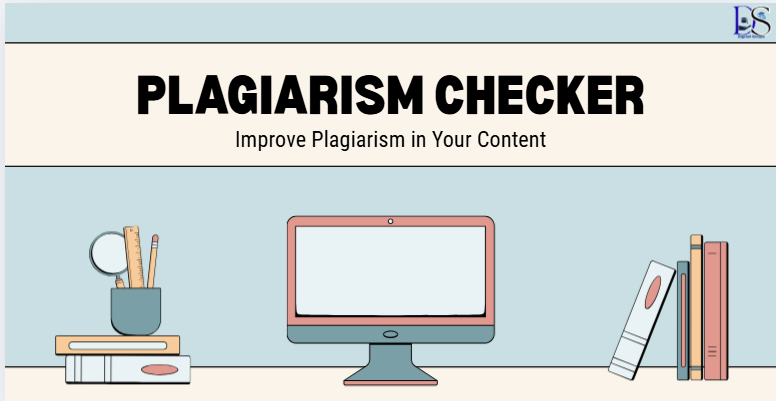Plagiarism Checker
Plagiarism Checker (Search-Based)

How to Improve Plagiarism in Your Content
Plagiarism—whether intentional or accidental—can severely impact your credibility, search engine ranking, and even legal standing. Below are practical tips to help you avoid and improve plagiarism in your writing.
In This Article
1. Use Your Own Words
One of the simplest ways to avoid plagiarism is to write content in your own voice. Understand the topic, and then explain it using original language rather than copying or paraphrasing from a single source.
2. Cite All Sources Properly
If you reference facts, data, or quotes from other websites, always provide proper attribution. Include:
- The author’s name (if available)
- The source title
- A working hyperlink
Example:
According to HubSpot, 70% of marketers actively invest in content marketing.
3. Paraphrase with Understanding
Instead of just changing a few words, read the original content thoroughly and then rewrite it in a new structure with your interpretation. This ensures originality and deeper understanding.
4. Use Quotation Marks for Direct Quotes
When using someone else’s exact words, enclose the text in quotation marks and include a proper citation. This distinguishes quoted content from your own and avoids unintentional copying.
5. Run a Plagiarism Check
Before publishing, always run your content through a plagiarism checker—like the one provided above. It helps detect duplicate content so you can revise it before it affects your SEO or reputation.
6. Maintain a Content Draft Log
If you’re managing multiple writers or drafts, keep a log of sources and drafts to avoid overlaps or accidental content duplication across posts.
7. Avoid Overusing Common Phrases
Overused phrases and cliches can unintentionally match other content. Instead, use fresh and unique sentence structures tailored to your topic.
8. Use Synonyms Carefully
Don’t rely entirely on synonym tools. While changing words helps, your sentence structure and tone should also shift to truly reflect originality.
9. Write with SEO in Mind—Not Copying
Copying content for the sake of keyword ranking backfires. Instead, focus on:
- Using unique keywords
- Answering search intent clearly
- Providing additional value that competitors don’t
10. Invest in Content Creation Tools
Use tools like:
- Grammarly (for clarity and tone)
- QuillBot (for rephrasing assistance)
- Hemingway Editor (for sentence improvement)
These help you build stronger, plagiarism-free writing workflows.
Final Thoughts
Creating original, high-quality content is essential for building trust and ranking higher in search engines. Follow these tips, use our Plagiarism Checker tool, and ensure your writing is always authentic, ethical, and SEO-friendly.







